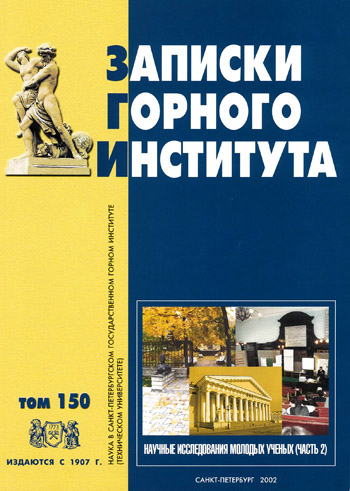Analysis of the mineral resource base of the global nickel industry
- Postgraduate student G.V. Plekhanov Saint Petersburg Mining University
Abstract
Until the mid-1990s, the global nickel industry was mainly focused on the development of sulfide copper and nickel deposits. This was due to the fact that it was more economical to extract nickel and associated minerals from sulfide ores than from lateritic ores. After the discovery of the large Voysey Bay copper-nickel sulfide deposit in Canada in 1993, the world market was anxiously awaiting its commissioning. Specialists predicted that nickel mined there would have a low cost of production and would be able to significantly outpace traditional producers of the metal. The threat of commissioning of this deposit initiated research aimed at increasing the competitiveness of other sites, including laterite-type deposits. The most successful solution to the problem was found at the technological level by Australian specialists. Their main achievement can be considered the idea of large-scale processing of lateritic ores using the technology of direct (without pre-firing) acid leaching under pressure followed by refining, once developed by the Canadian Sherritt International Corp. and very limitedly used until now in Cuba and Brazil. In view of such unfavorable forecasts and trends, Russian nickel mining companies should determine promising areas for their development, look for domestic markets, reduce production costs, upgrade their machinery and equipment, and consider opportunities to diversify their products and production facilities.
